Scott A. Musman
A Model-Based, Decision-Theoretic Perspective on Automated Cyber Response
Feb 20, 2020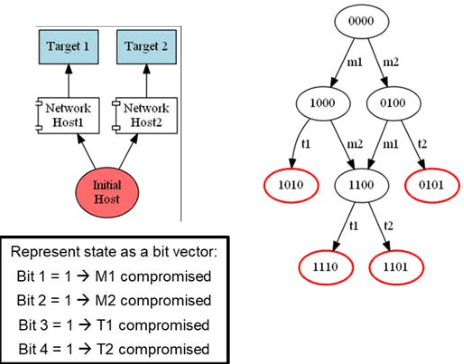
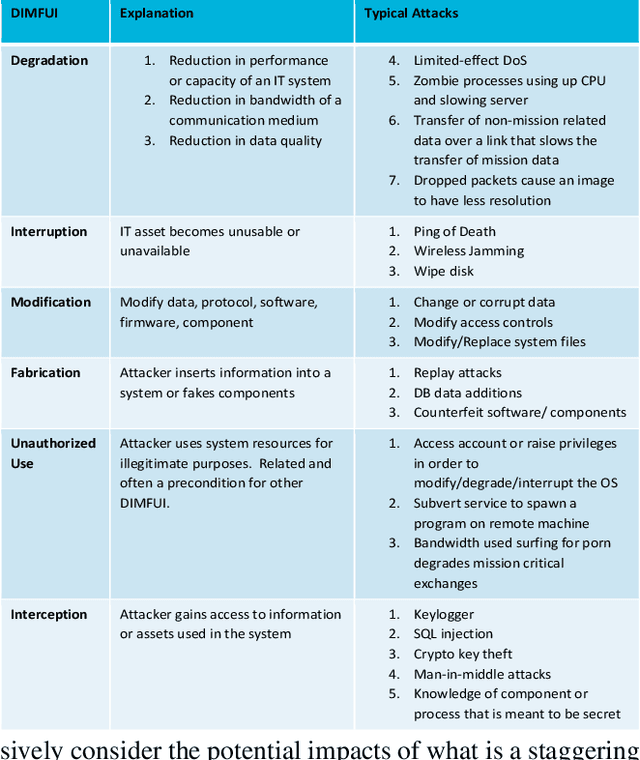
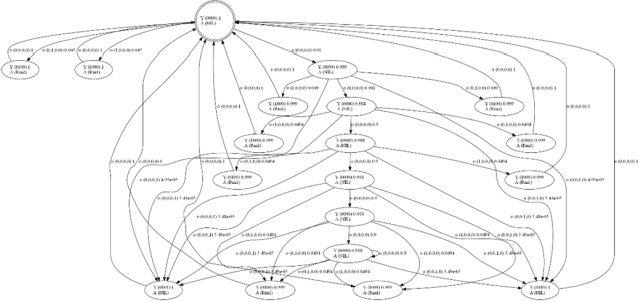
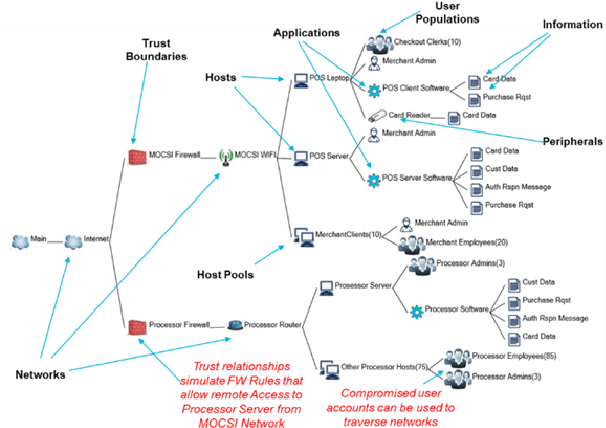
Abstract:Cyber-attacks can occur at machine speeds that are far too fast for human-in-the-loop (or sometimes on-the-loop) decision making to be a viable option. Although human inputs are still important, a defensive Artificial Intelligence (AI) system must have considerable autonomy in these circumstances. When the AI system is model-based, its behavior responses can be aligned with risk-aware cost/benefit tradeoffs that are defined by user-supplied preferences that capture the key aspects of how human operators understand the system, the adversary and the mission. This paper describes an approach to automated cyber response that is designed along these lines. We combine a simulation of the system to be defended with an anytime online planner to solve cyber defense problems characterized as partially observable Markov decision problems (POMDPs).
A Study of Scaling Issues in Bayesian Belief Networks for Ship Classification
Mar 06, 2013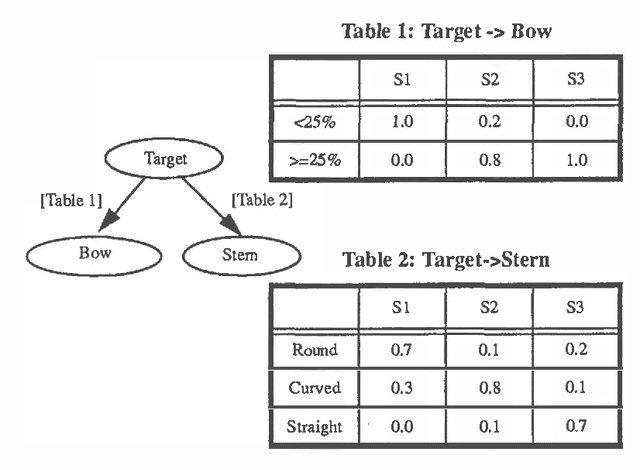
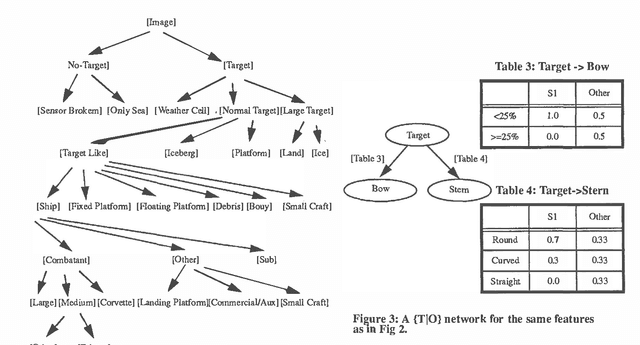
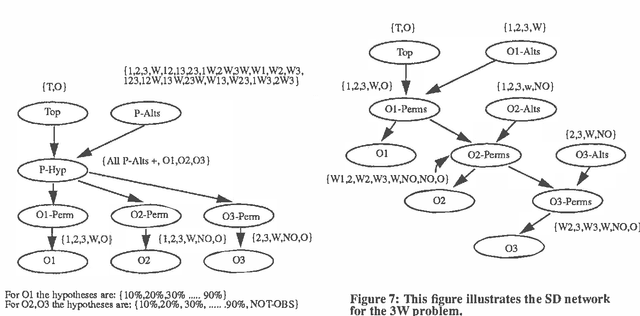
Abstract:The problems associated with scaling involve active and challenging research topics in the area of artificial intelligence. The purpose is to solve real world problems by means of AI technologies, in cases where the complexity of representation of the real world problem is potentially combinatorial. In this paper, we present a novel approach to cope with the scaling issues in Bayesian belief networks for ship classification. The proposed approach divides the conceptual model of a complex ship classification problem into a set of small modules that work together to solve the classification problem while preserving the functionality of the original model. The possible ways of explaining sensor returns (e.g., the evidence) for some features, such as portholes along the length of a ship, are sometimes combinatorial. Thus, using an exhaustive approach, which entails the enumeration of all possible explanations, is impractical for larger problems. We present a network structure (referred to as Sequential Decomposition, SD) in which each observation is associated with a set of legitimate outcomes which are consistent with the explanation of each observed piece of evidence. The results show that the SD approach allows one to represent feature-observation relations in a manageable way and achieve the same explanatory power as an exhaustive approach.
Constructing Belief Networks to Evaluate Plans
Feb 27, 2013
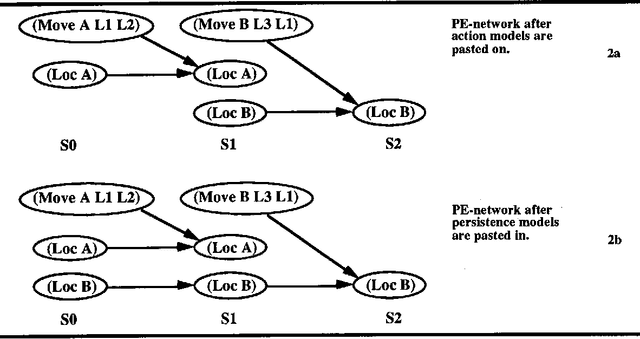
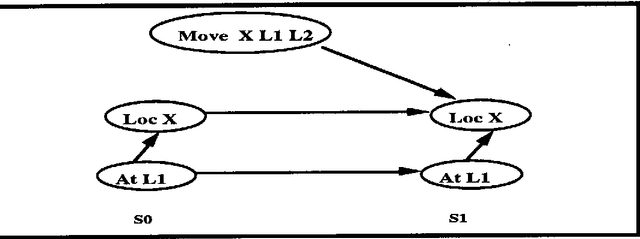
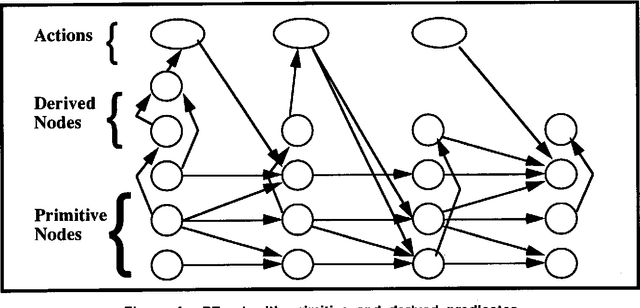
Abstract:This paper examines the problem of constructing belief networks to evaluate plans produced by an knowledge-based planner. Techniques are presented for handling various types of complicating plan features. These include plans with context-dependent consequences, indirect consequences, actions with preconditions that must be true during the execution of an action, contingencies, multiple levels of abstraction multiple execution agents with partially-ordered and temporally overlapping actions, and plans which reference specific times and time durations.
 Add to Chrome
Add to Chrome Add to Firefox
Add to Firefox Add to Edge
Add to Edge